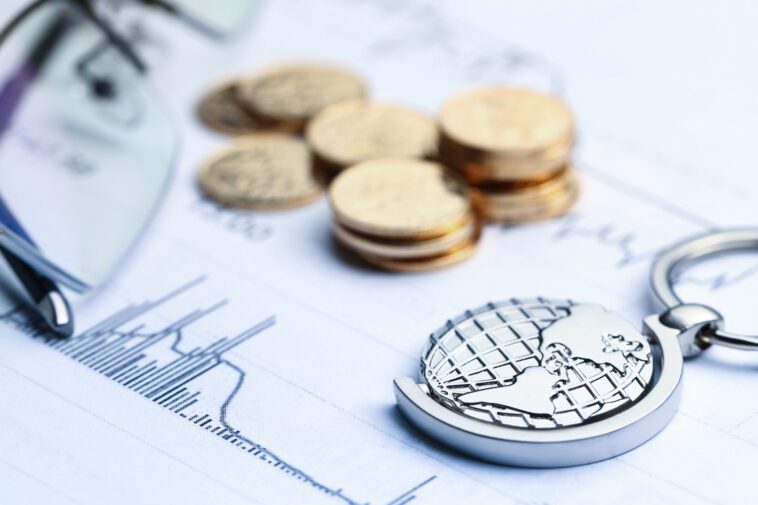Economic health is akin to the heartbeat of a nation. Just as physicians assess vital signs to determine an individual’s physical well-being, economists and policymakers examine various indicators to gauge the health of an economy. This delicate balance of metrics and markers is pivotal for understanding a country’s stability, growth potential, and the quality of life for its citizens. Journey with us as we delve deep into the essentials of economic health and what it means for societies at large.
Defining the Vital Signs: What Constitutes Economic Health?
While there’s no singular definition for economic health, it generally encompasses:
- Growth: This is often measured by the Gross Domestic Product (GDP), which quantifies the value of all goods and services produced over a specific time frame.
- Employment: Job creation, unemployment rates, and wage growth are pivotal markers. A robust job market often correlates with a healthy economy.
- Stability: Price stability, often assessed through inflation rates, reflects the purchasing power of a nation’s currency and, by extension, its citizens.
- Balance of Trade: This measures the difference between what a country sells to the outside world and what it buys. It’s a crucial indicator of economic relationships and dependencies.
Interconnected Systems: The Factors Influencing Economic Health
Several elements work synchronously to determine the health of an economy:
- Government Policies: Monetary and fiscal policies can influence economic growth, employment rates, and price stability.
- Consumer Confidence: The more confident consumers are about their future financial prospects, the more likely they are to spend, which can boost the economy.
- External Factors: Events beyond a country’s borders, such as global recessions or geopolitical tensions, can impact economic health.
- Technological Advancements: Innovations can lead to increased productivity, new industries, and job creation, all of which can enhance economic health.
Monitoring the Pulse: Key Indicators of Economic Health
Keeping a finger on the pulse of an economy requires constant monitoring of certain metrics:
- Unemployment Rate: A key indicator, the unemployment rate measures the percentage of the labor force that’s unemployed but actively seeking employment.
- Inflation and Deflation: Inflation is when prices rise, and purchasing power falls; deflation is its opposite. Both can have profound impacts on economic health.
- Stock Market Performance: While not a direct measure, the stock market often reflects investor confidence in a country’s economic prospects.
- Consumer Price Index (CPI): This measures the average change over time in the prices paid by urban consumers for a basket of consumer goods and services.
When Vital Signs Weaken: Economic Downturns and Recessions
Even the healthiest economies can face periods of slowdown, stagnation, or decline. Economic recessions, often defined as two consecutive quarters of negative GDP growth, can be triggered by various factors, from bursting financial bubbles to global pandemics. During these times, proactive government intervention, business innovation, and consumer resilience play pivotal roles in recovery.
Conclusion
Understanding the nuances of economic health is essential not just for policymakers and business leaders but also for everyday citizens. As economies evolve, facing both opportunities and challenges, staying informed can empower individuals to make better financial decisions, advocate for sound policies, and contribute positively to their nation’s economic vitality. In the end, the collective heartbeat of an economy’s participants determines its overall health, growth, and future potential.



